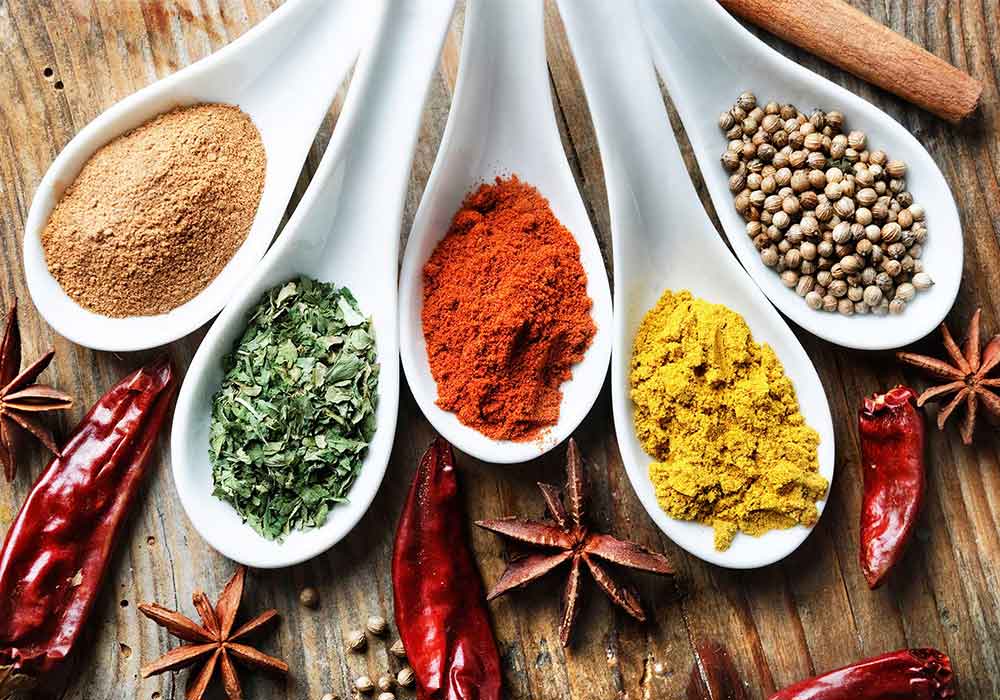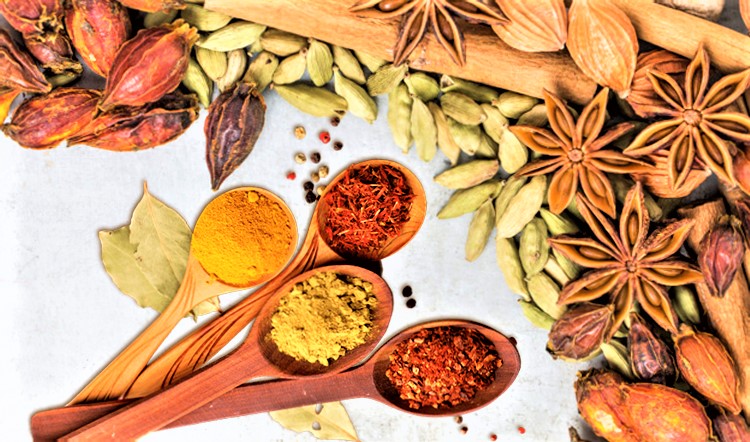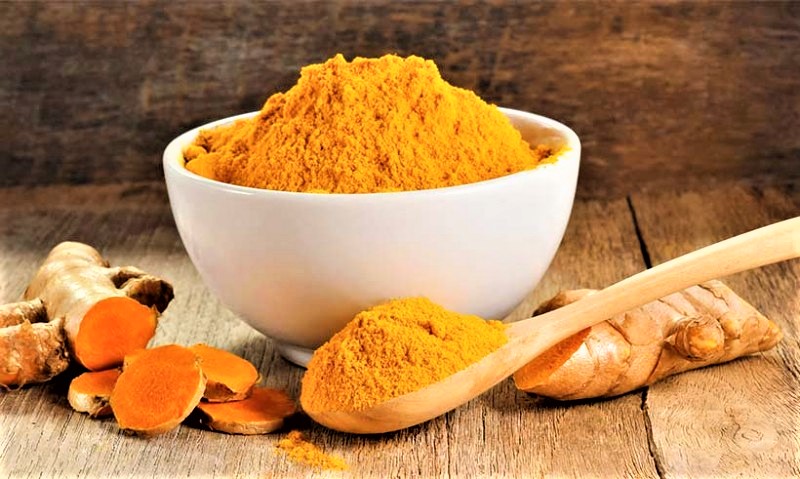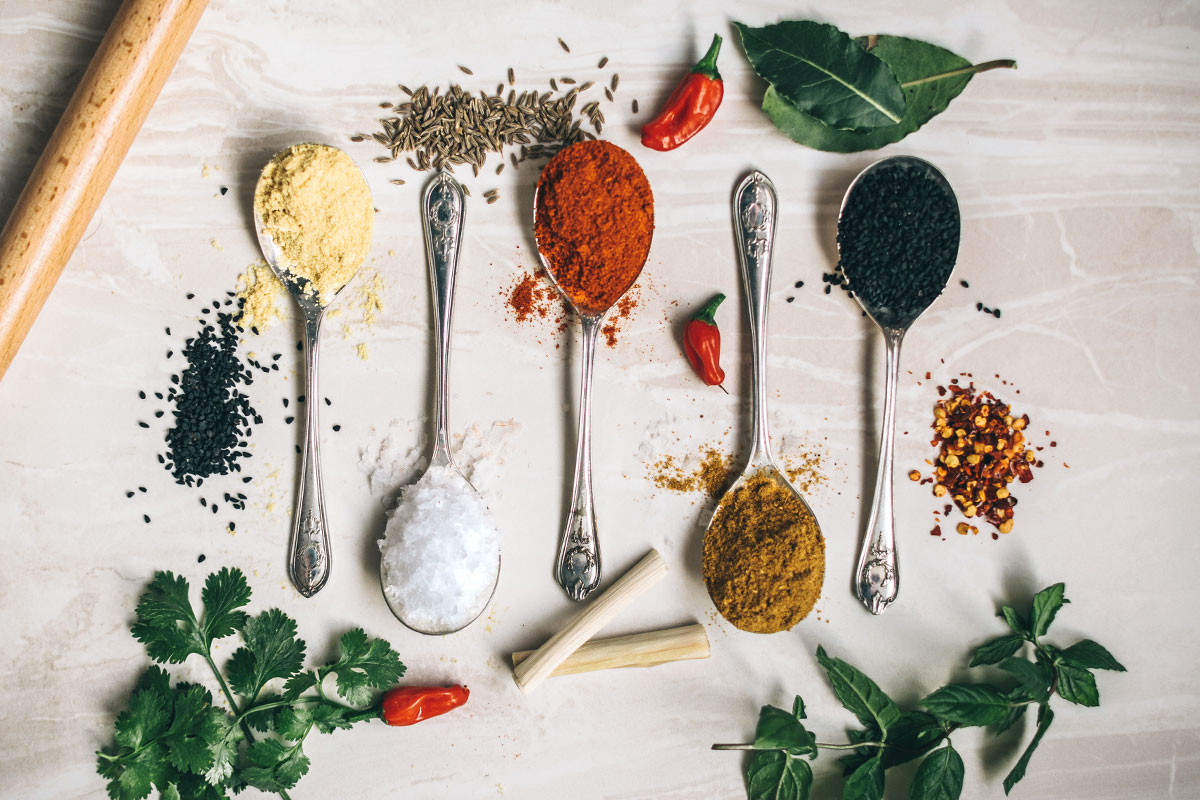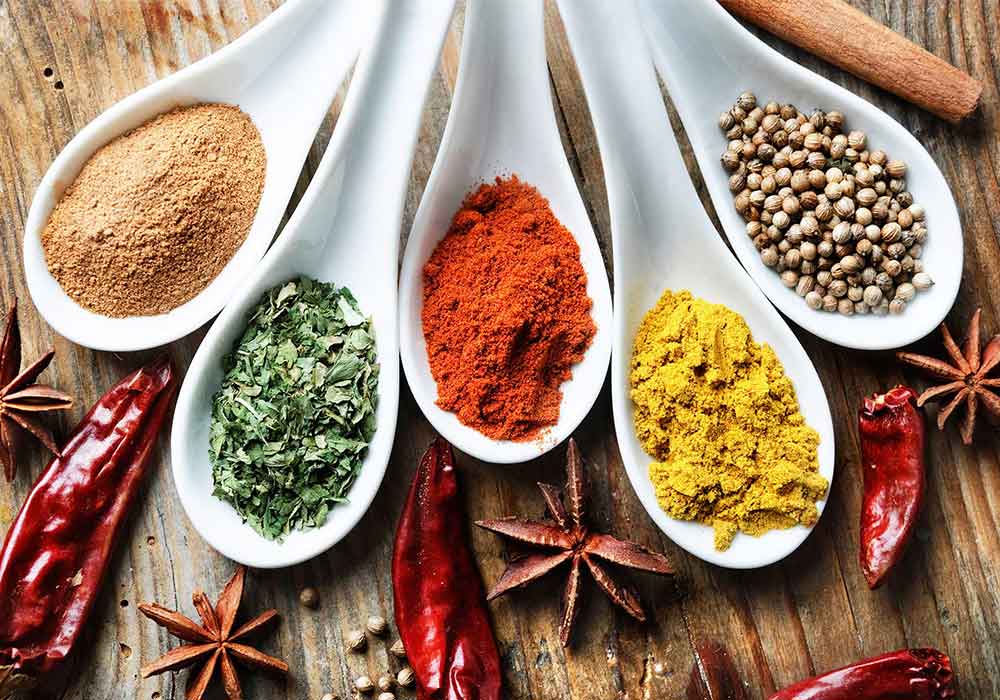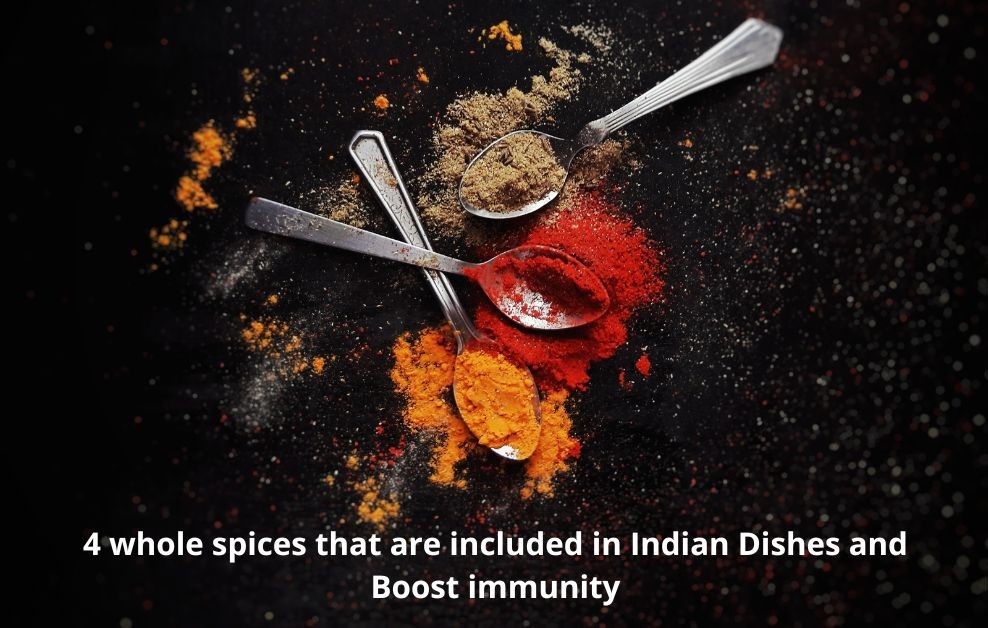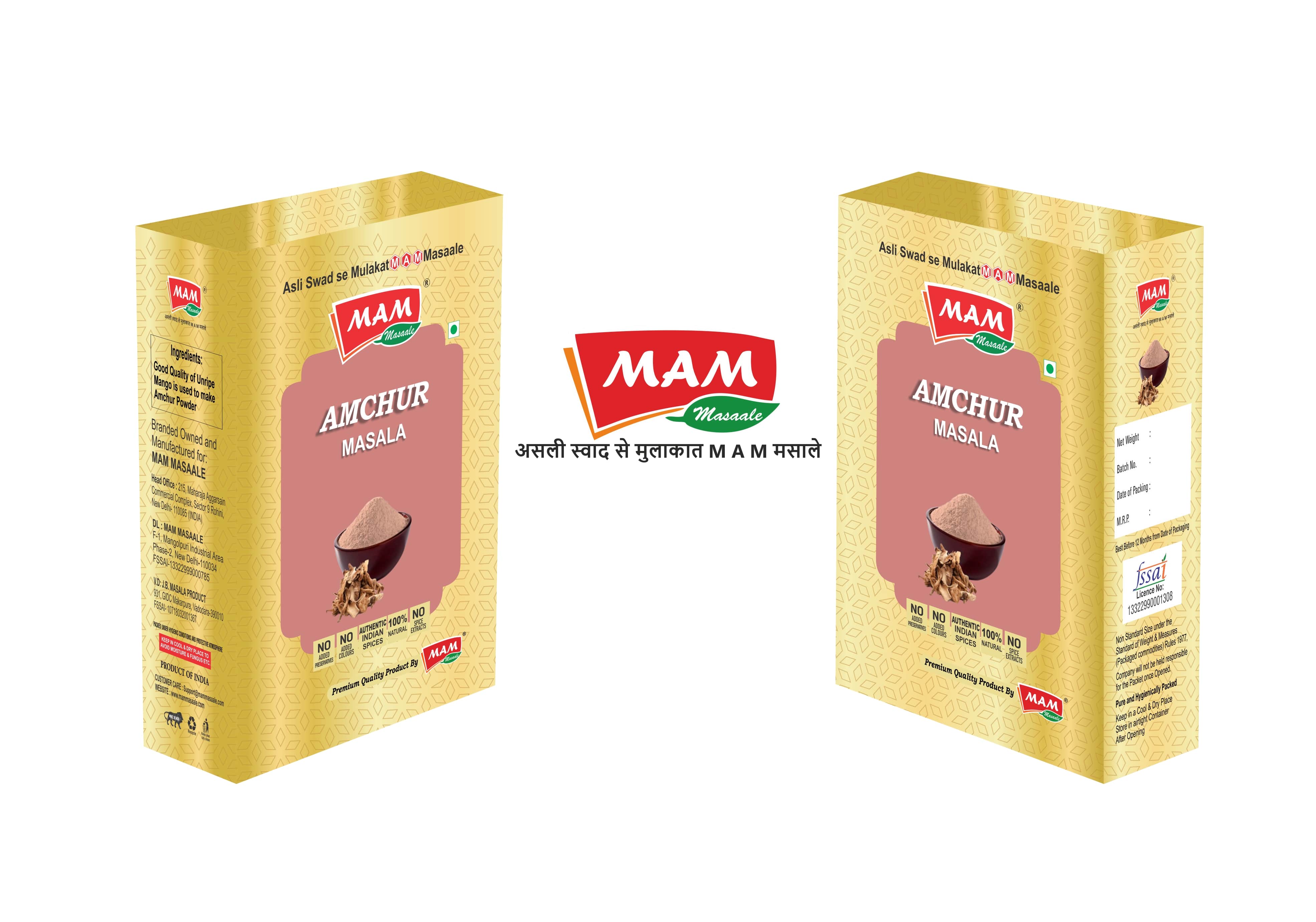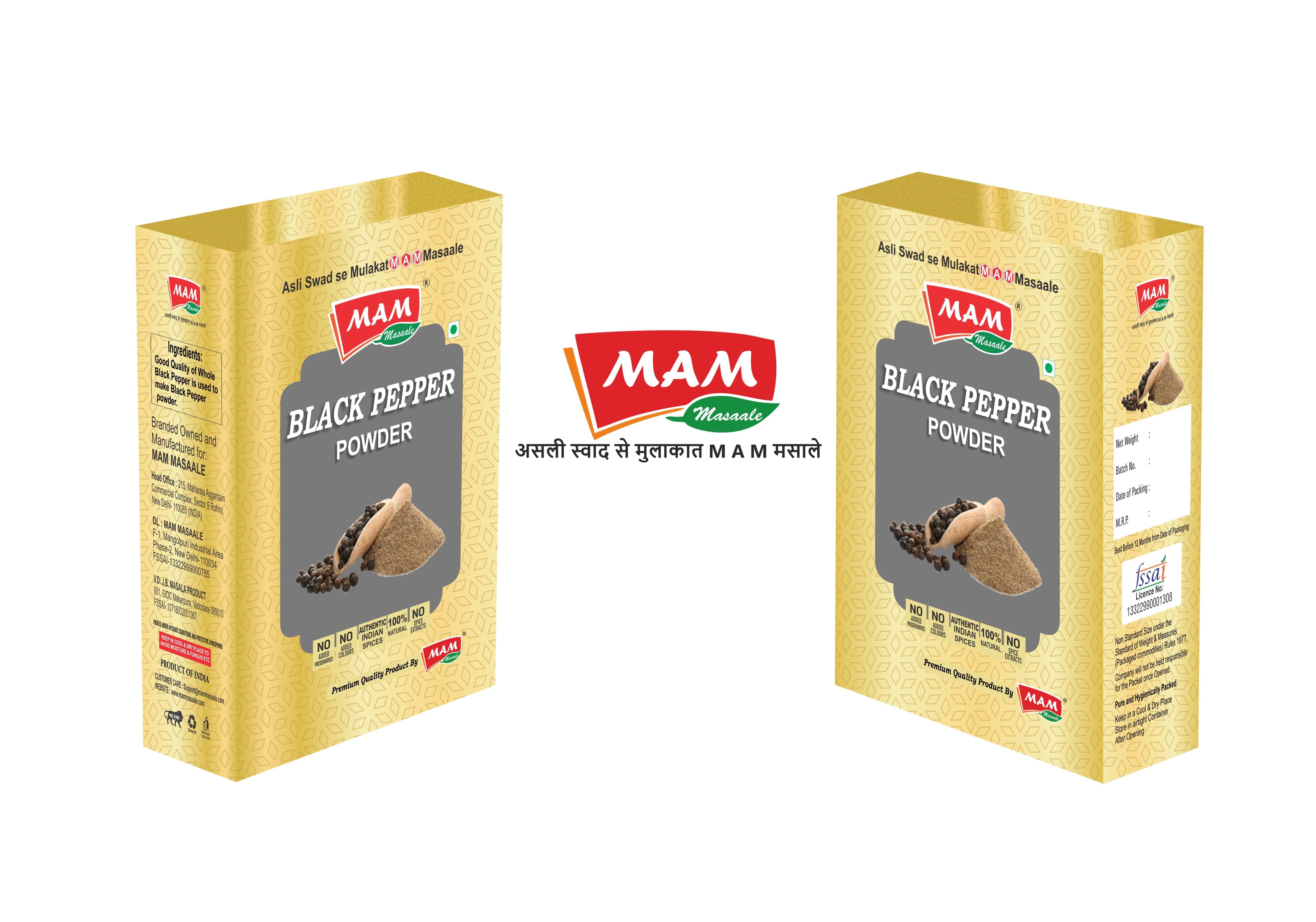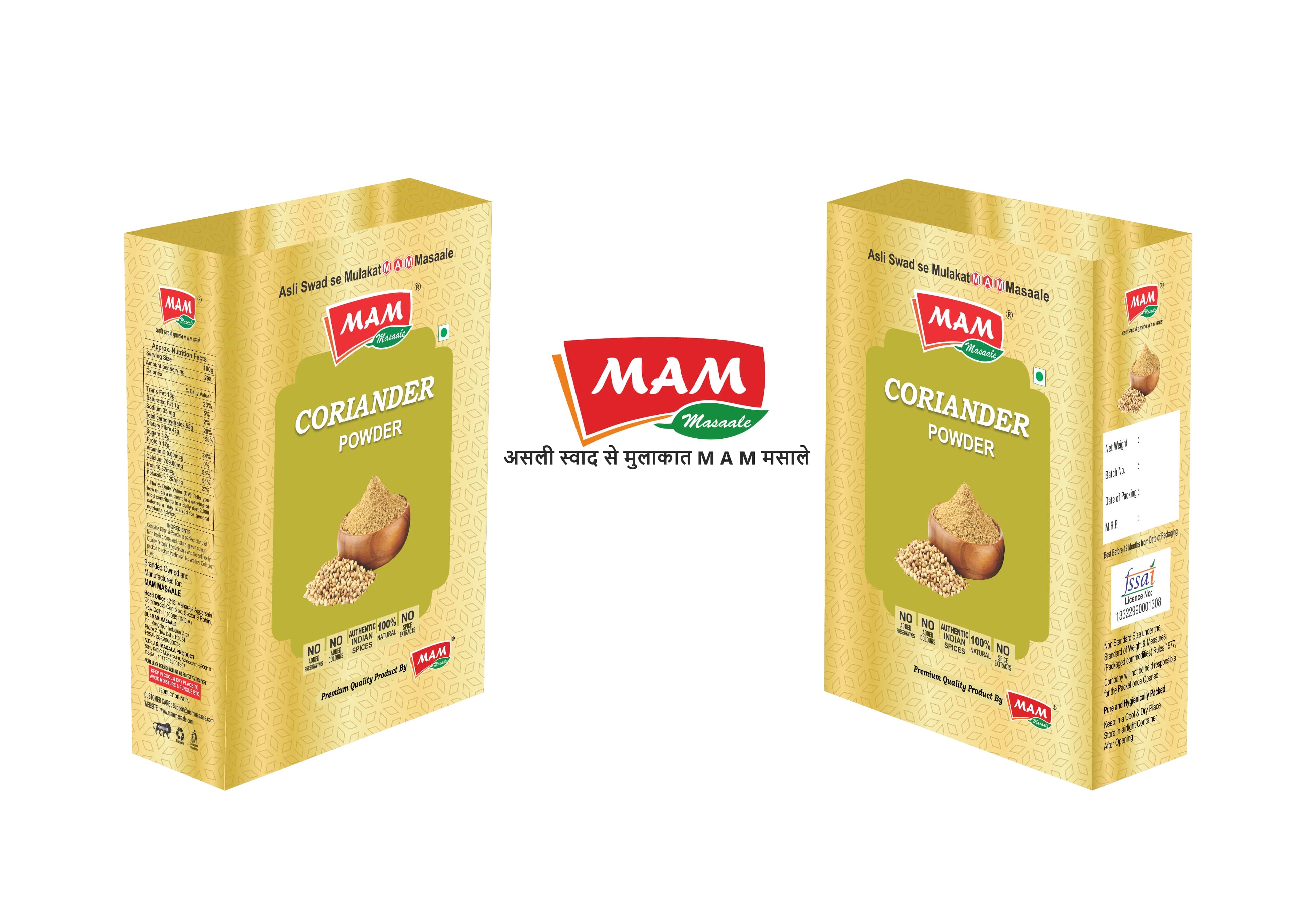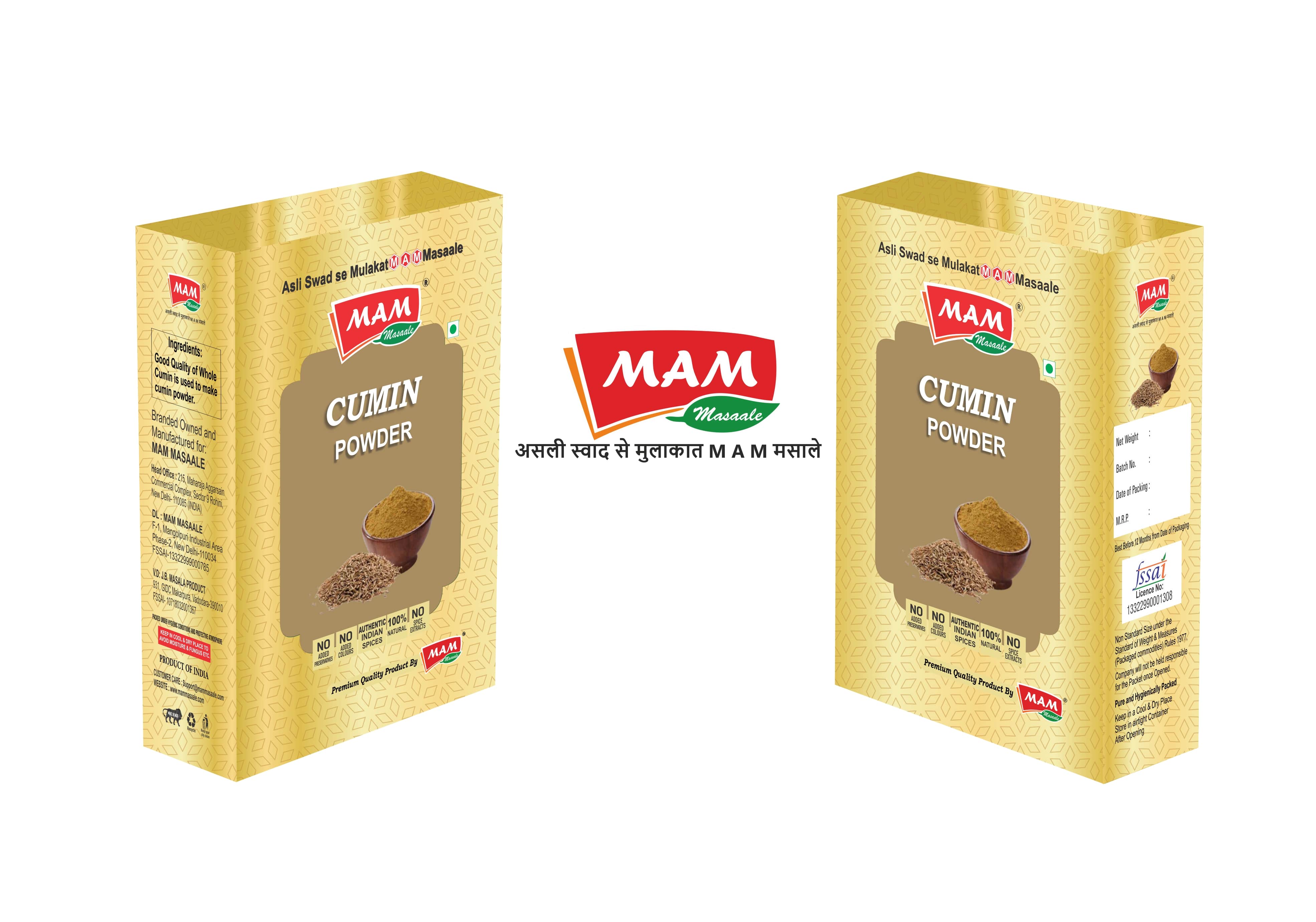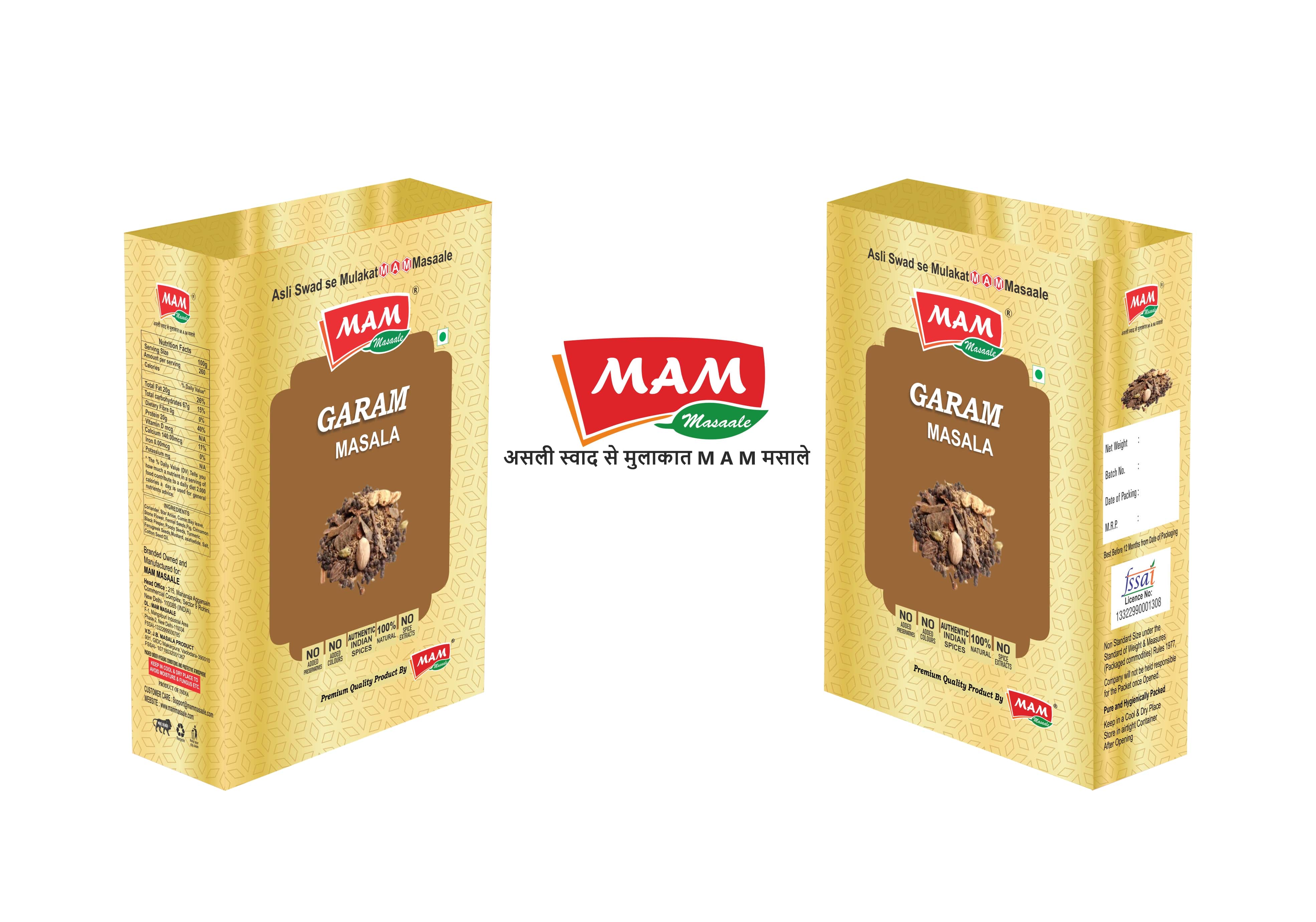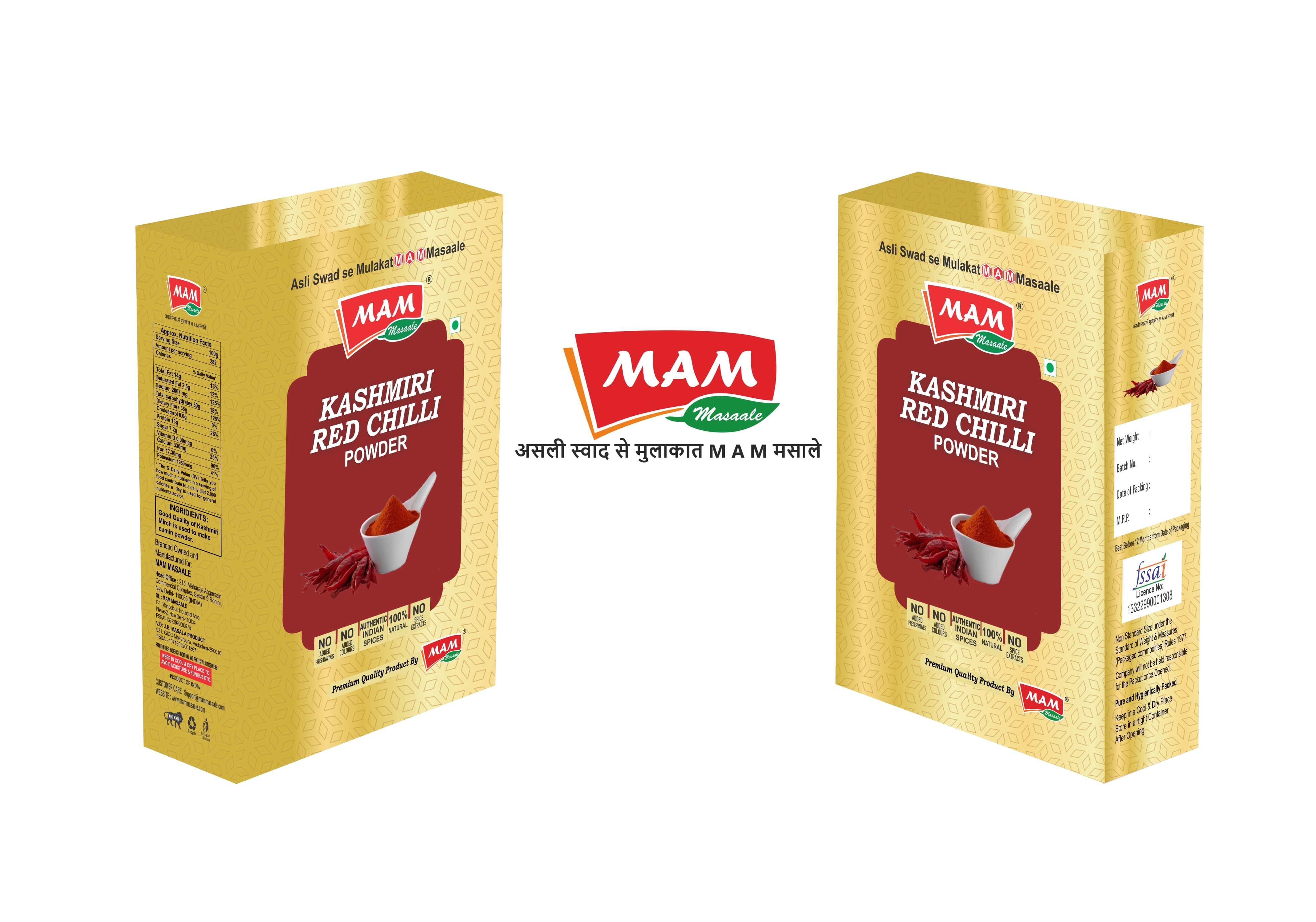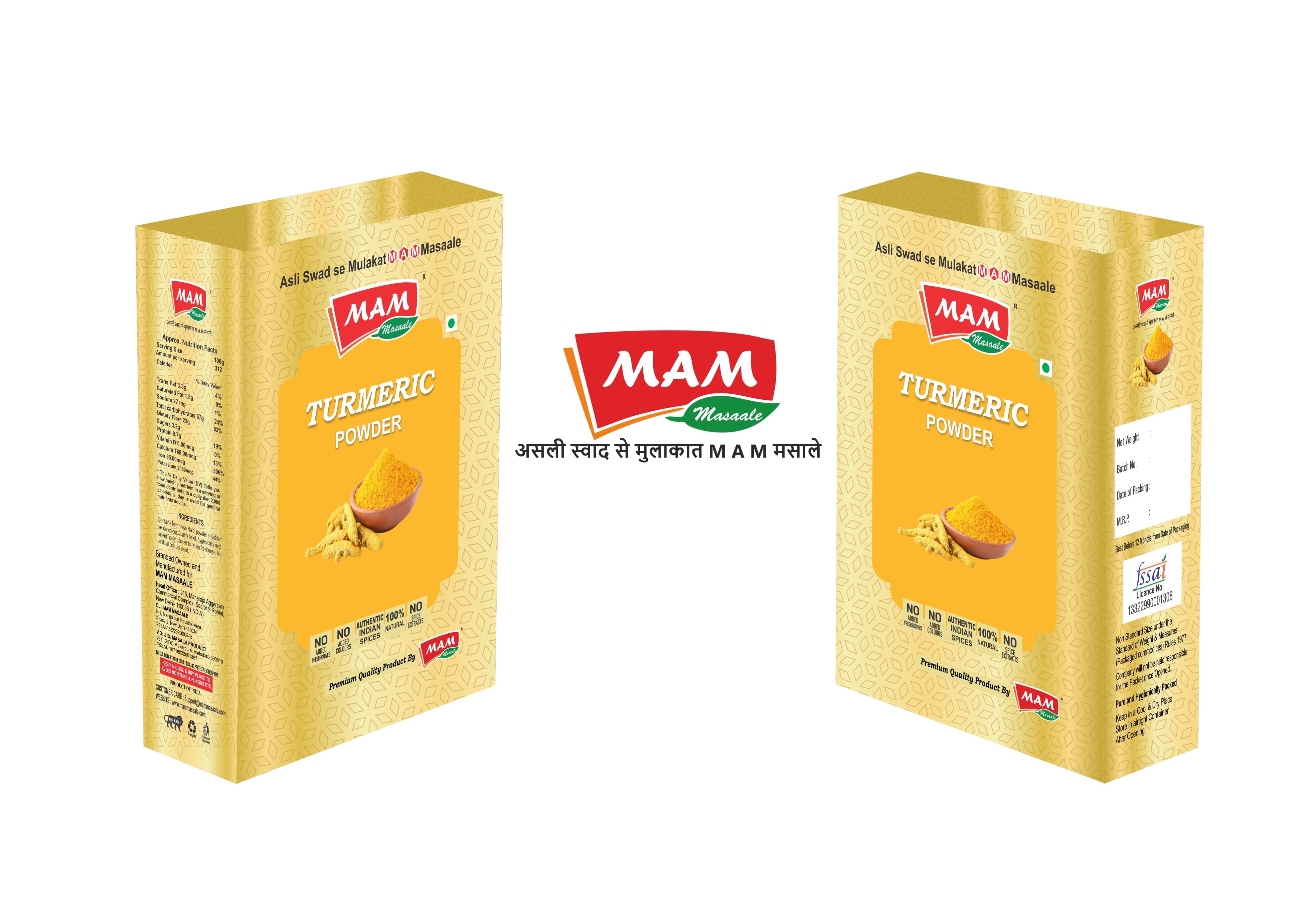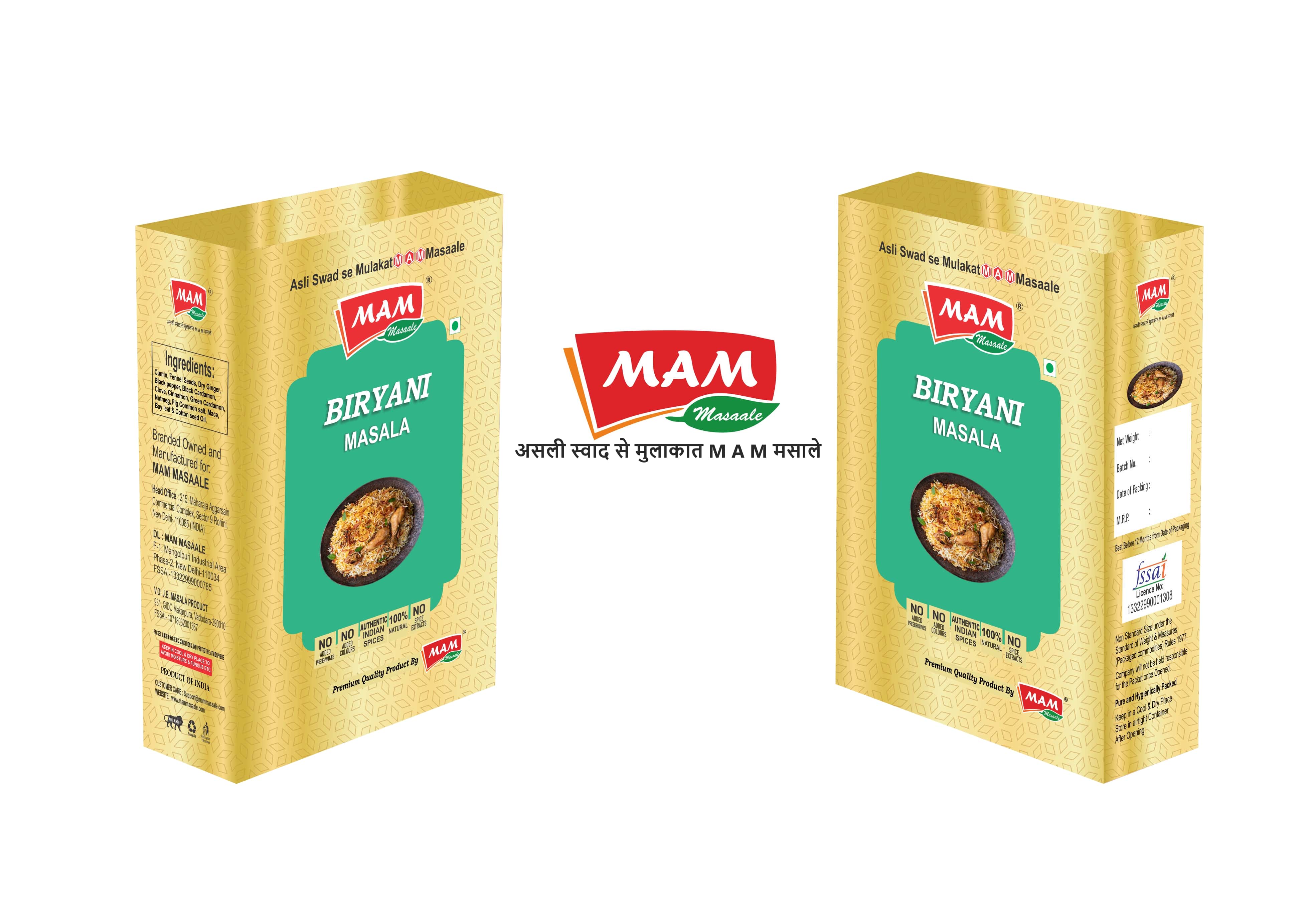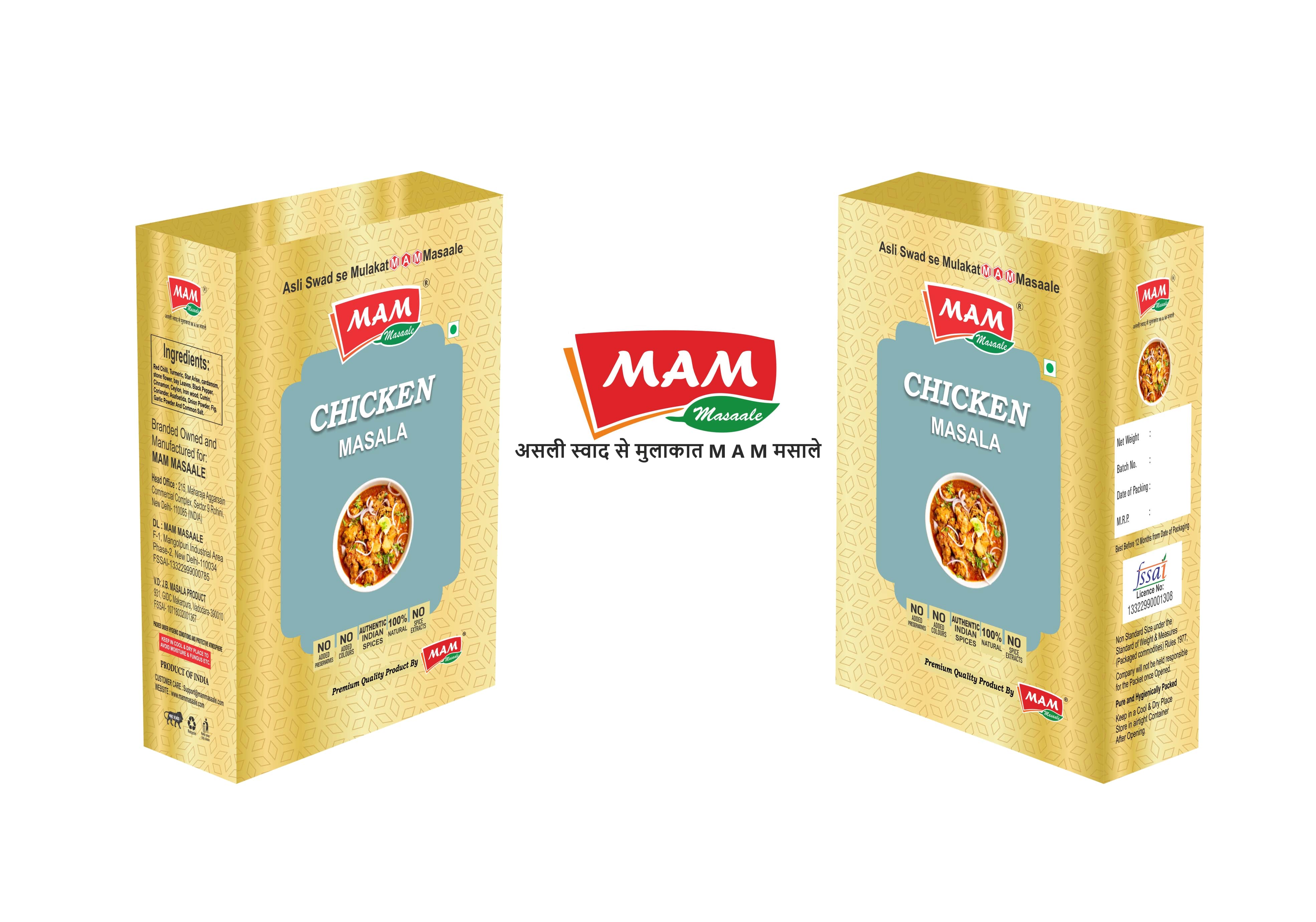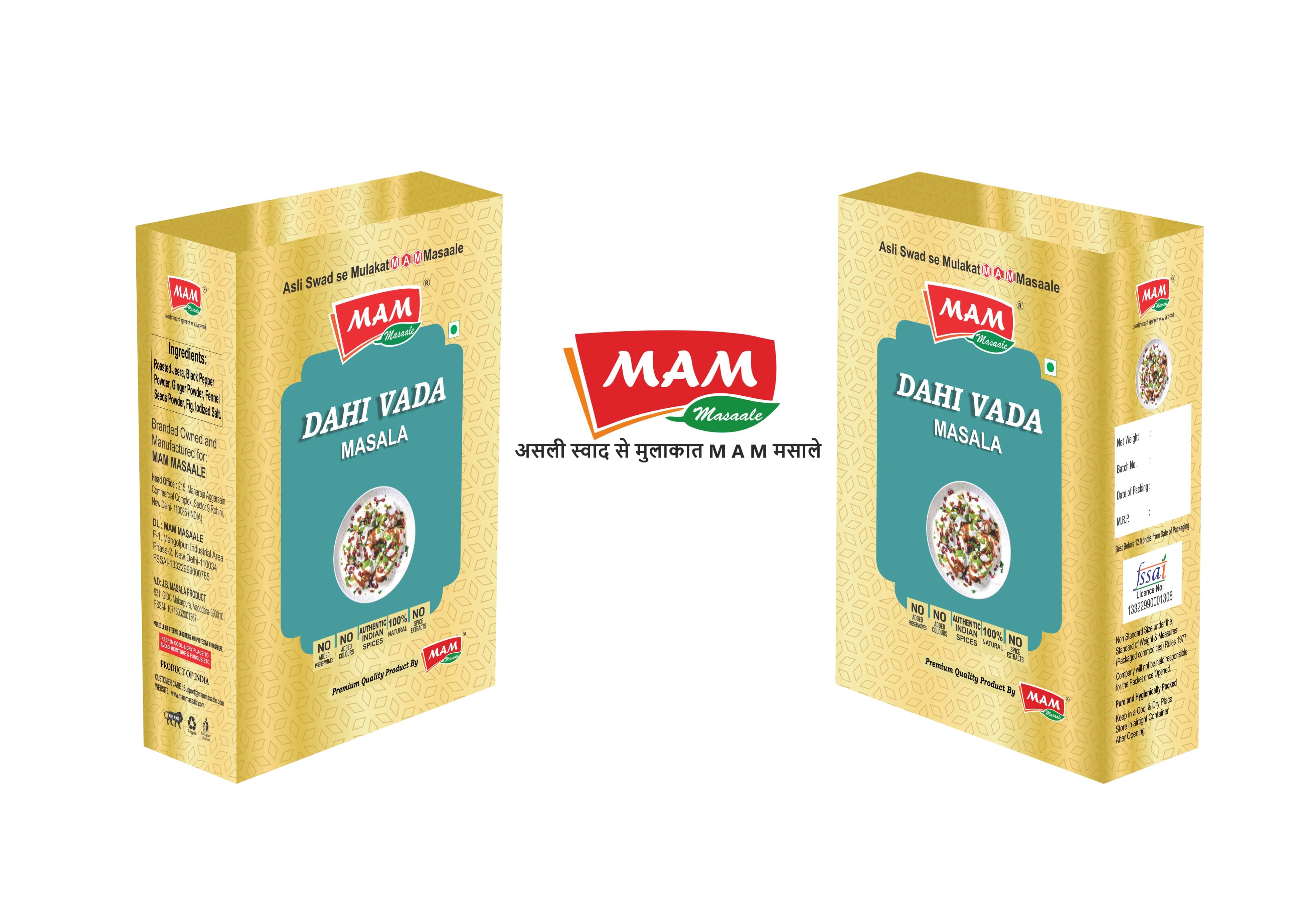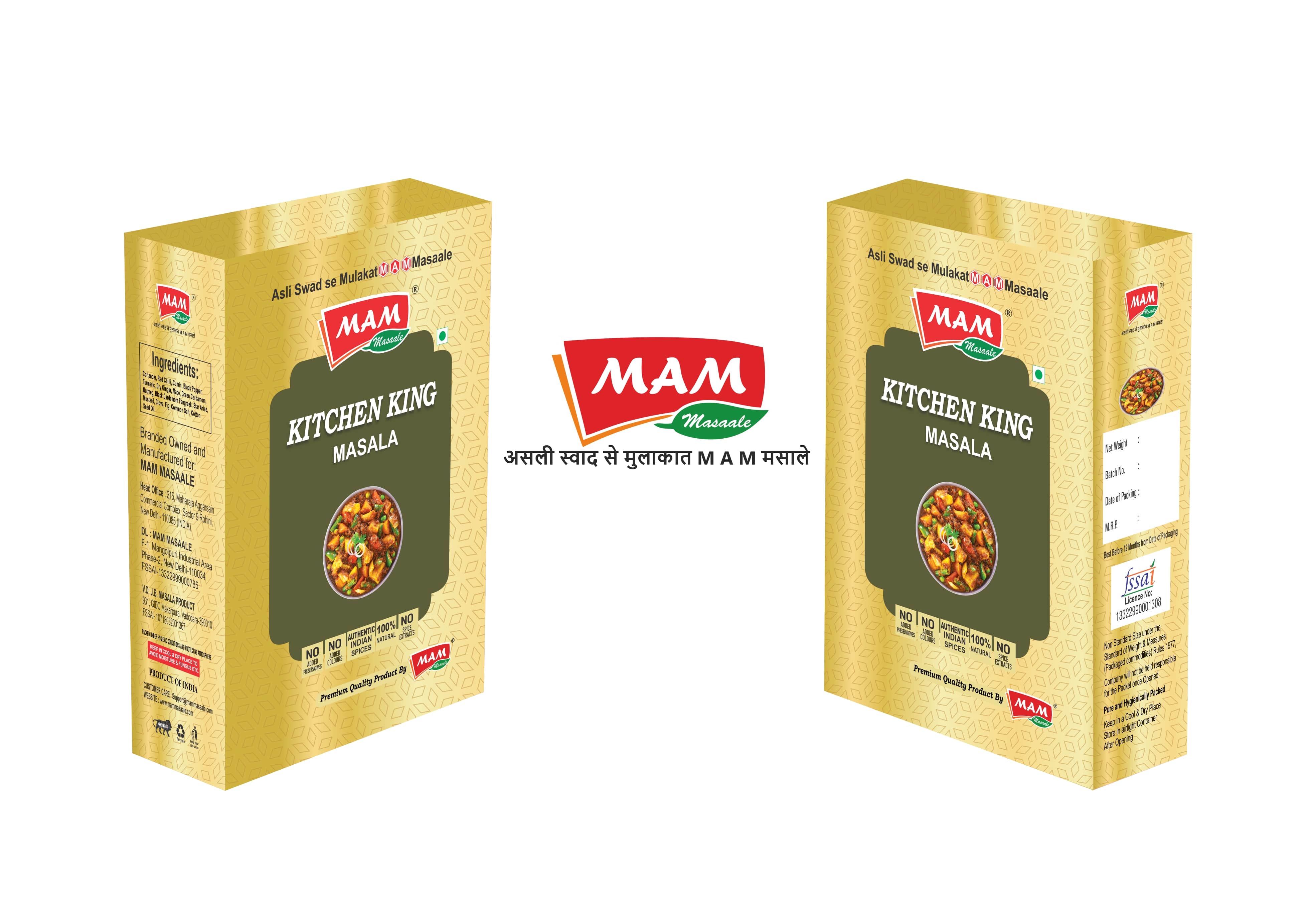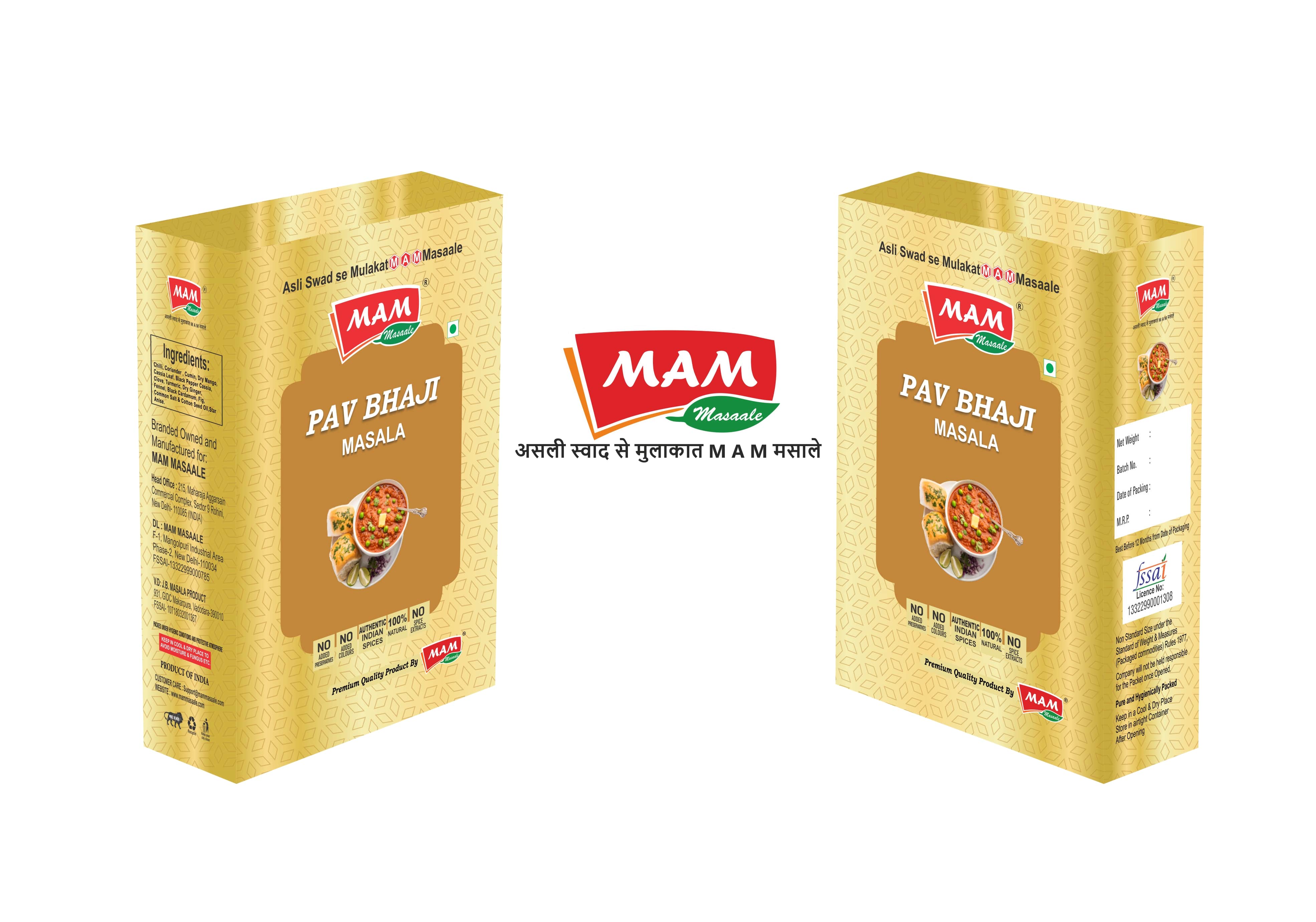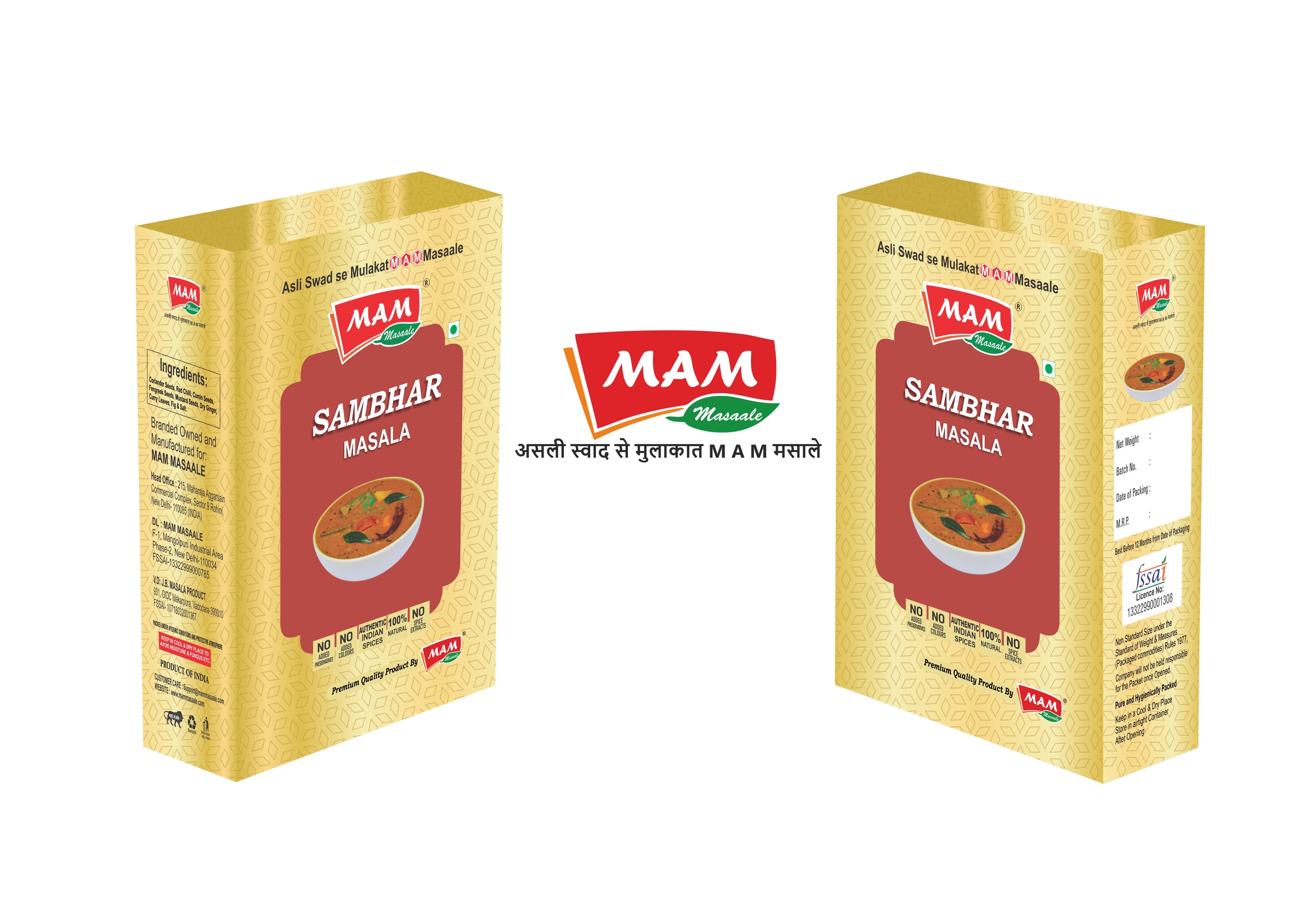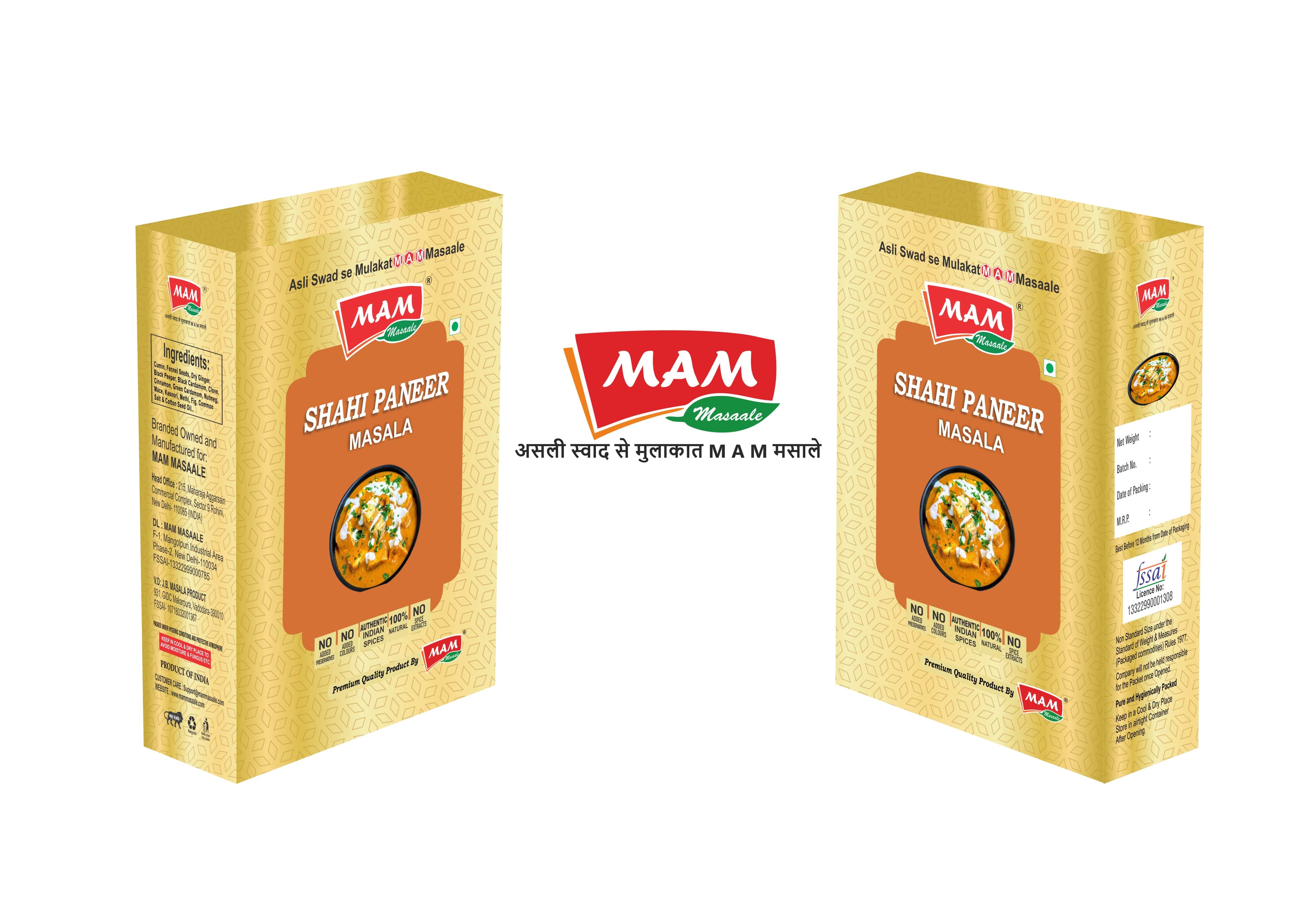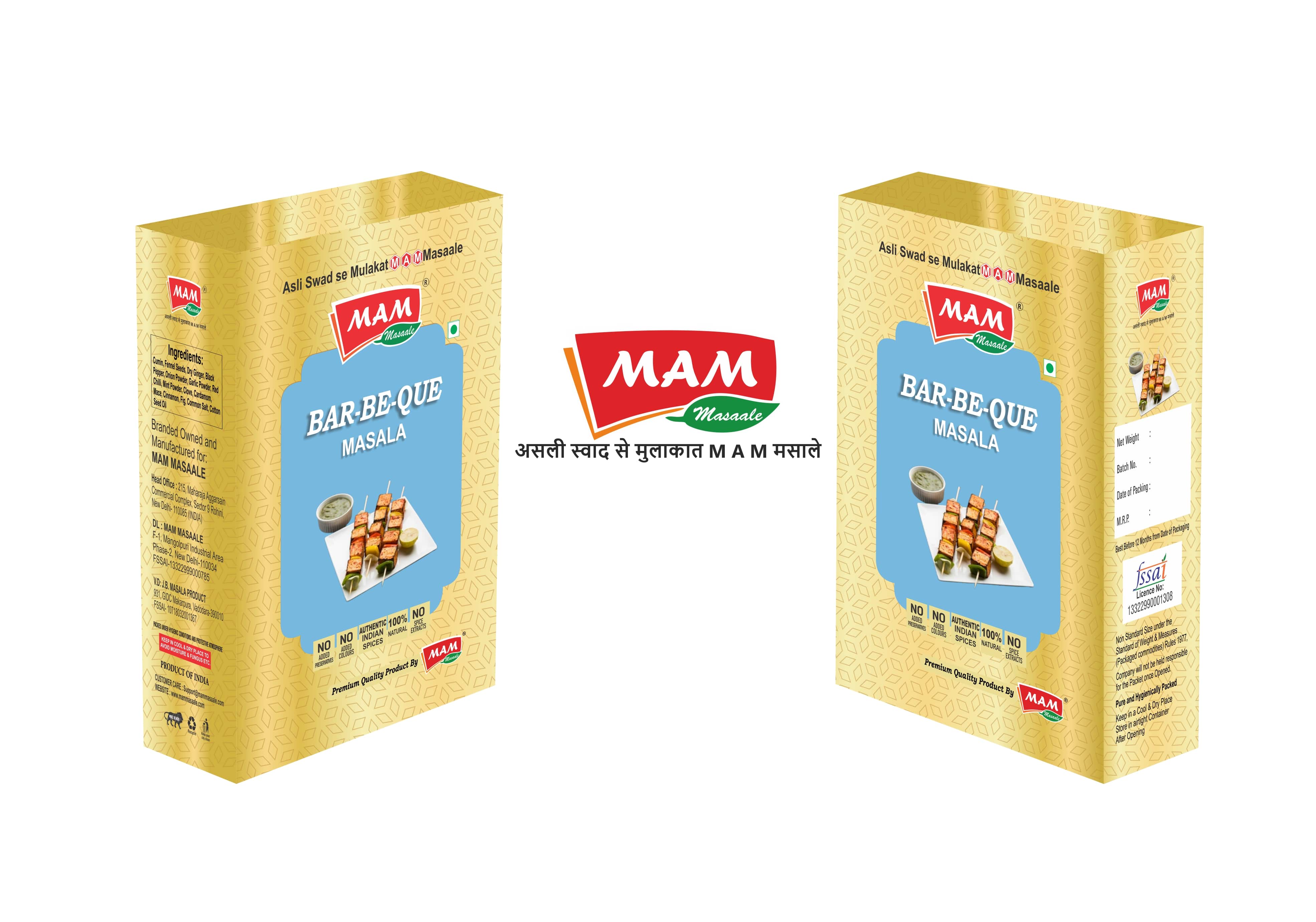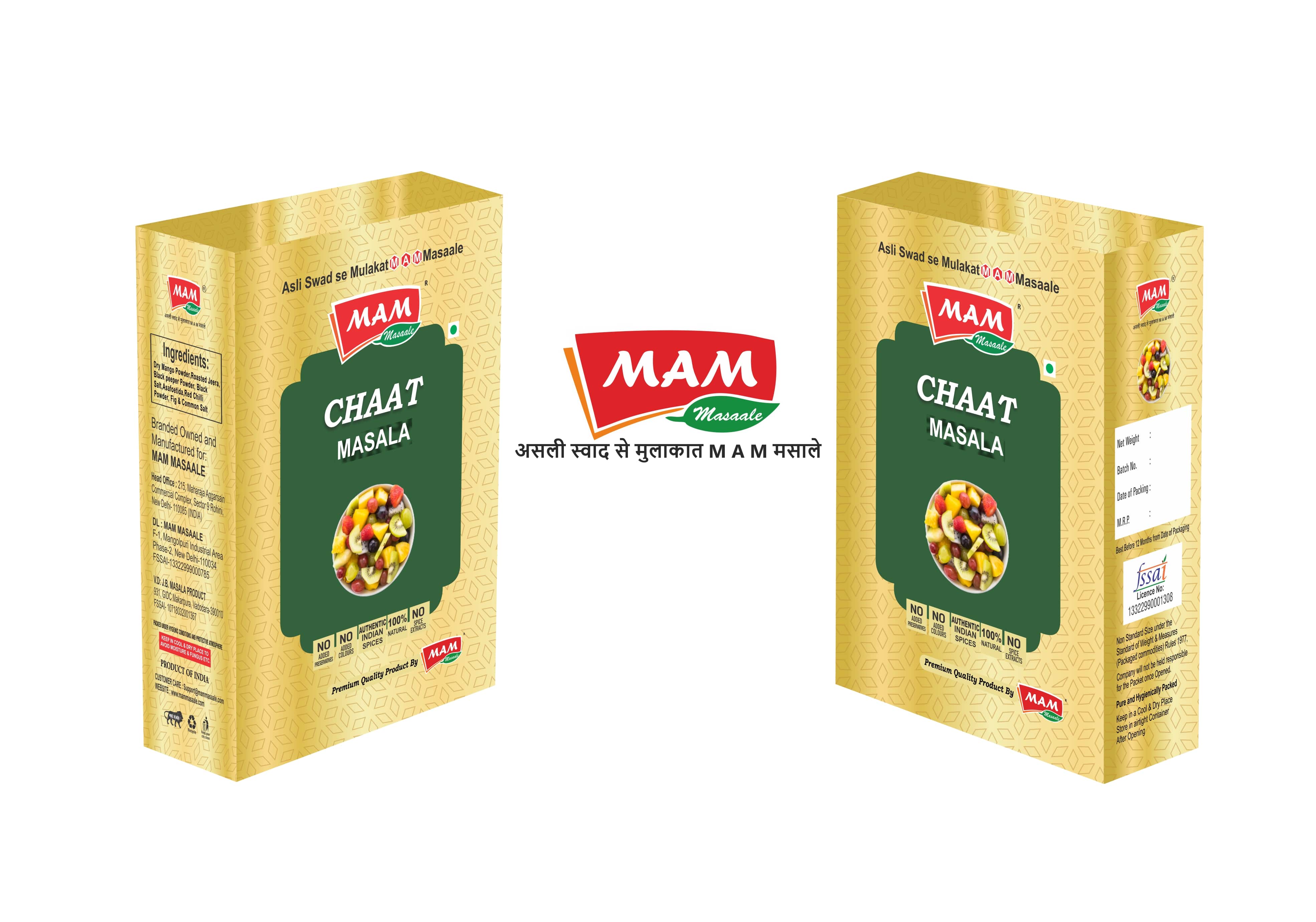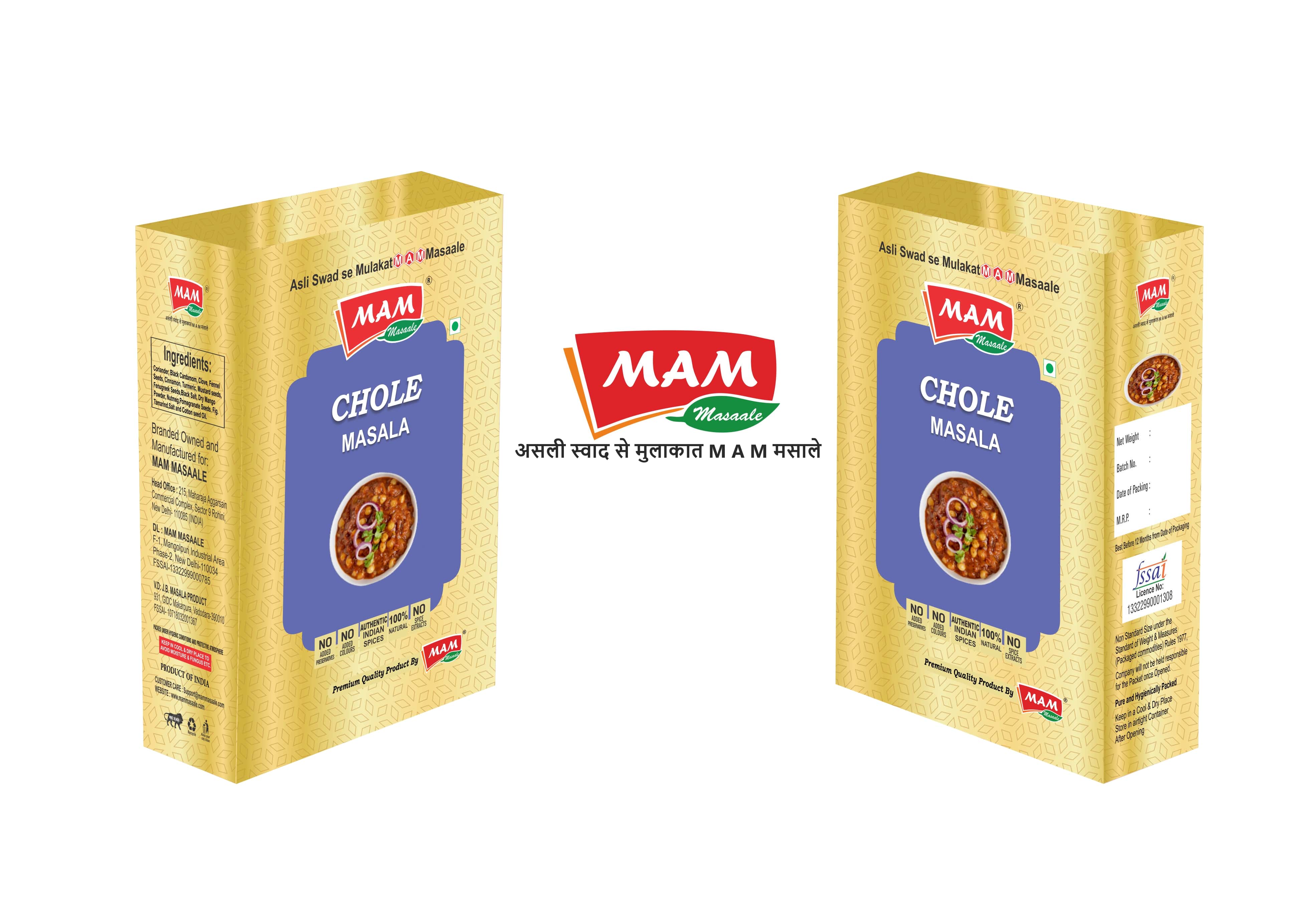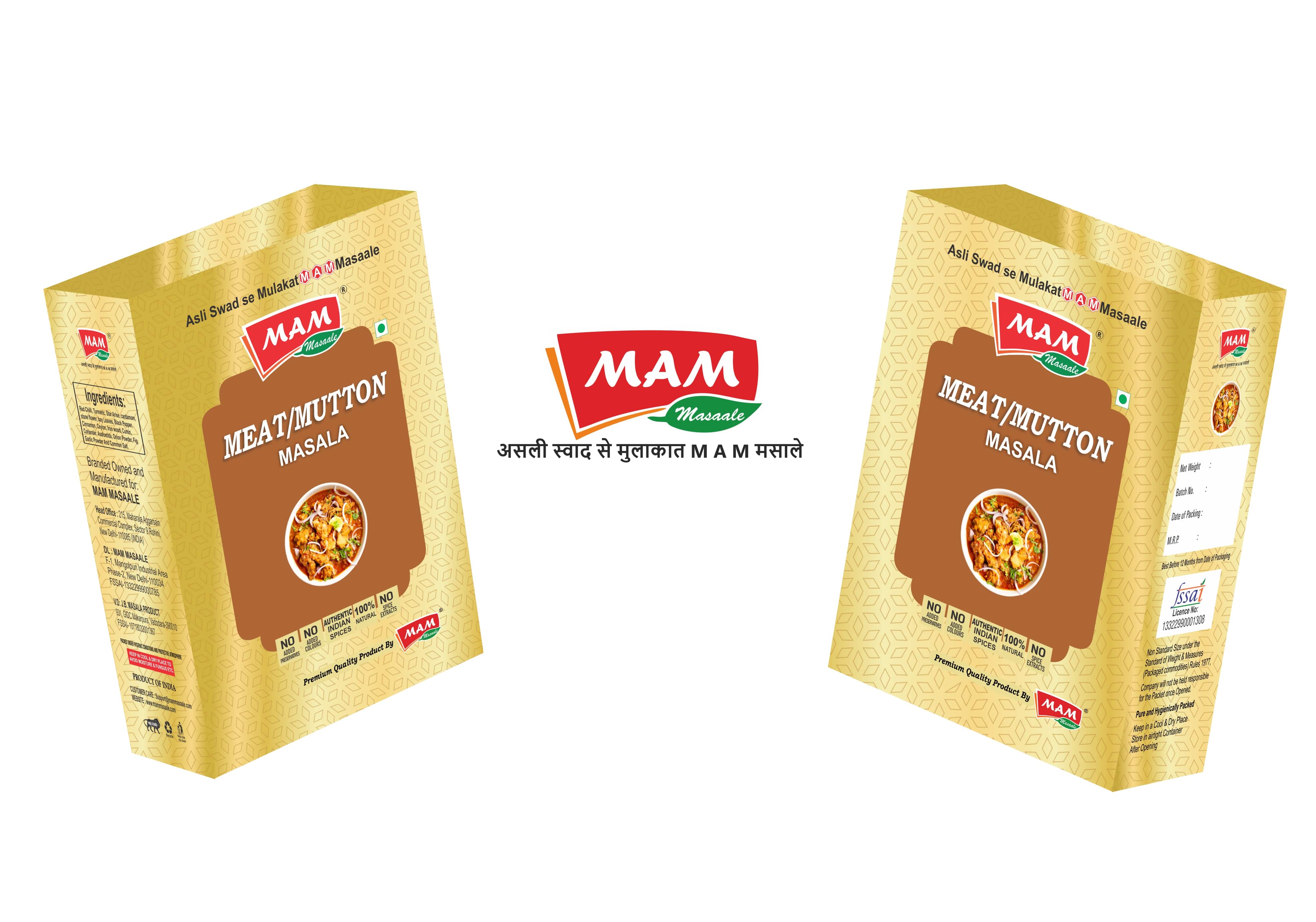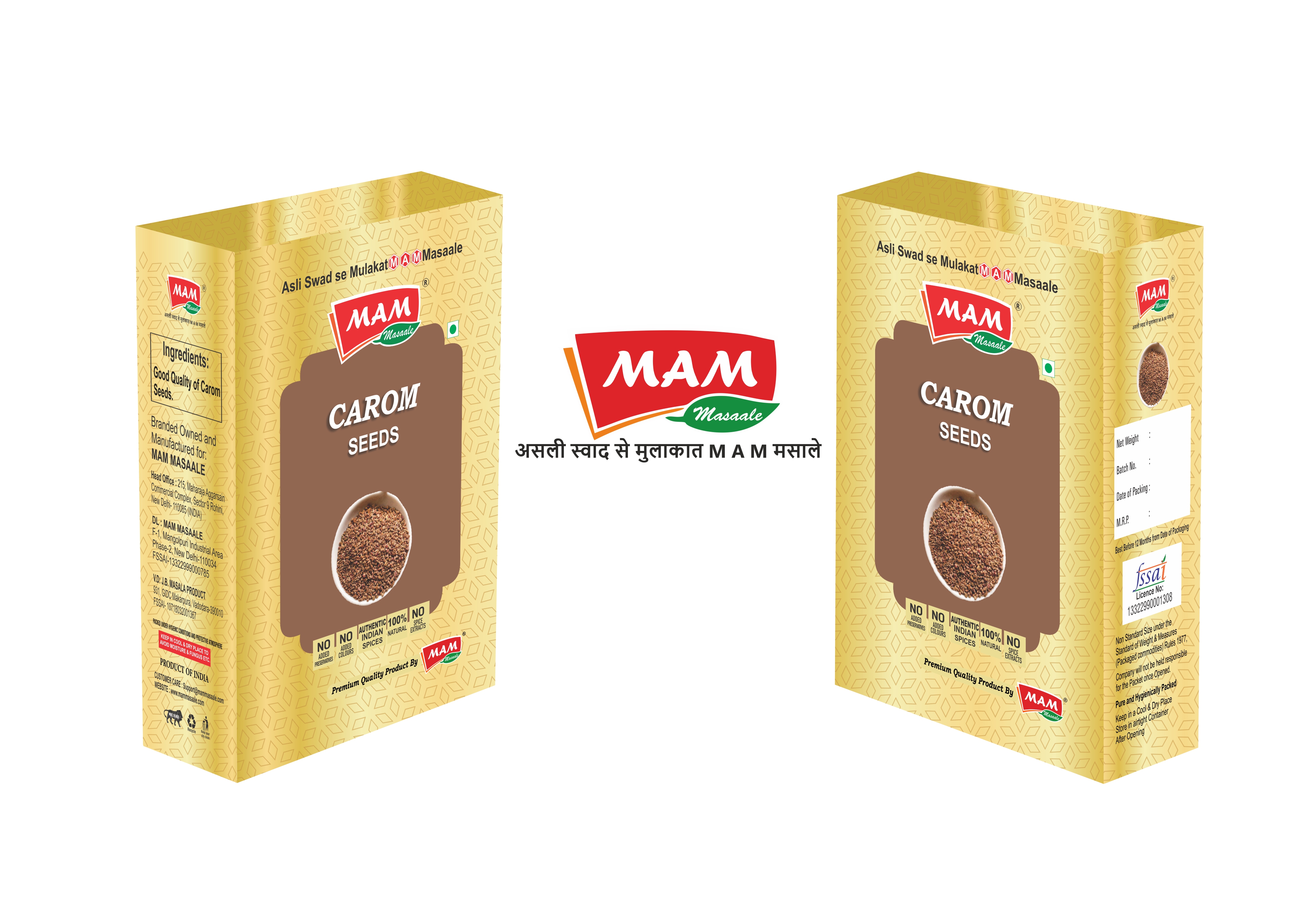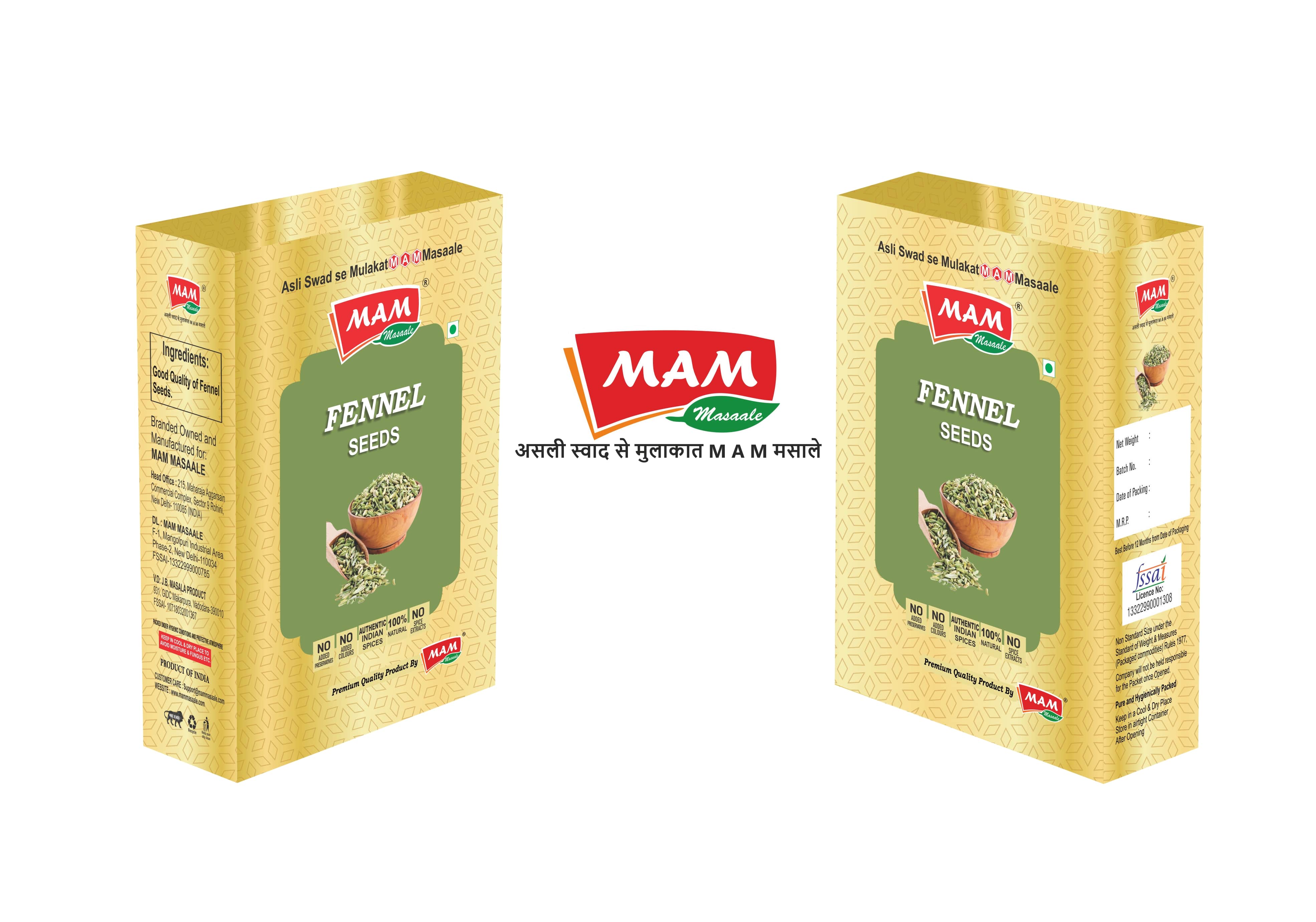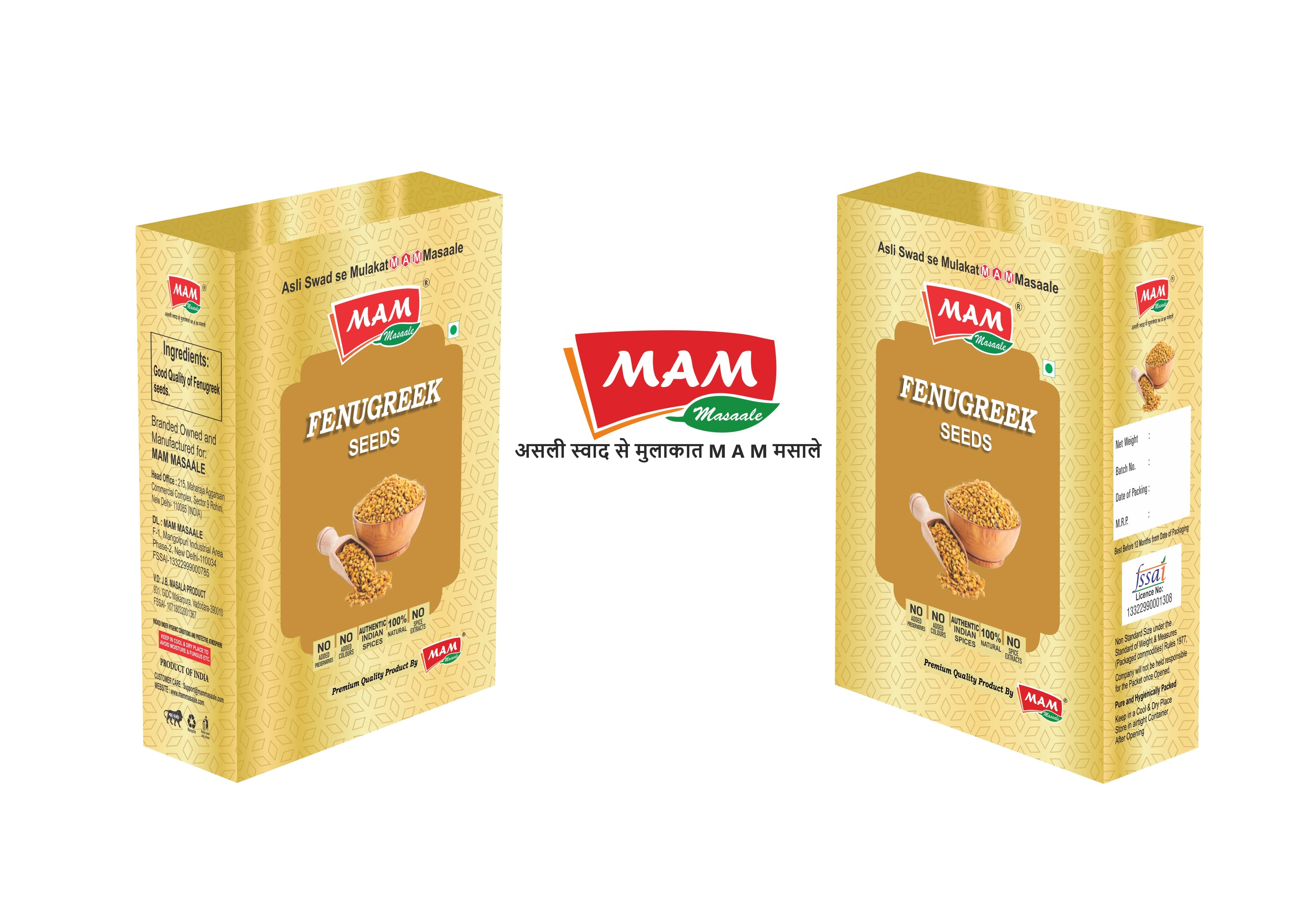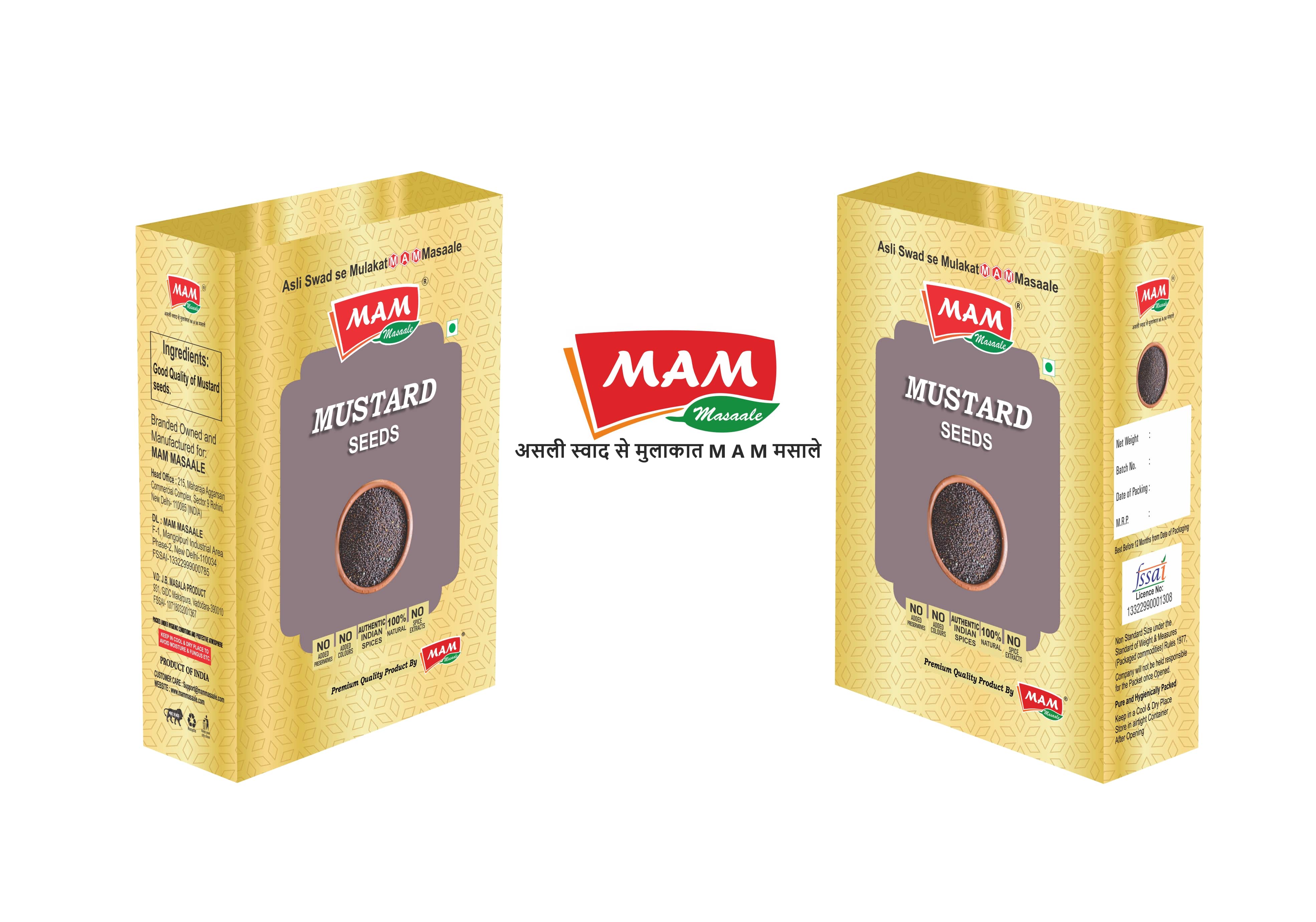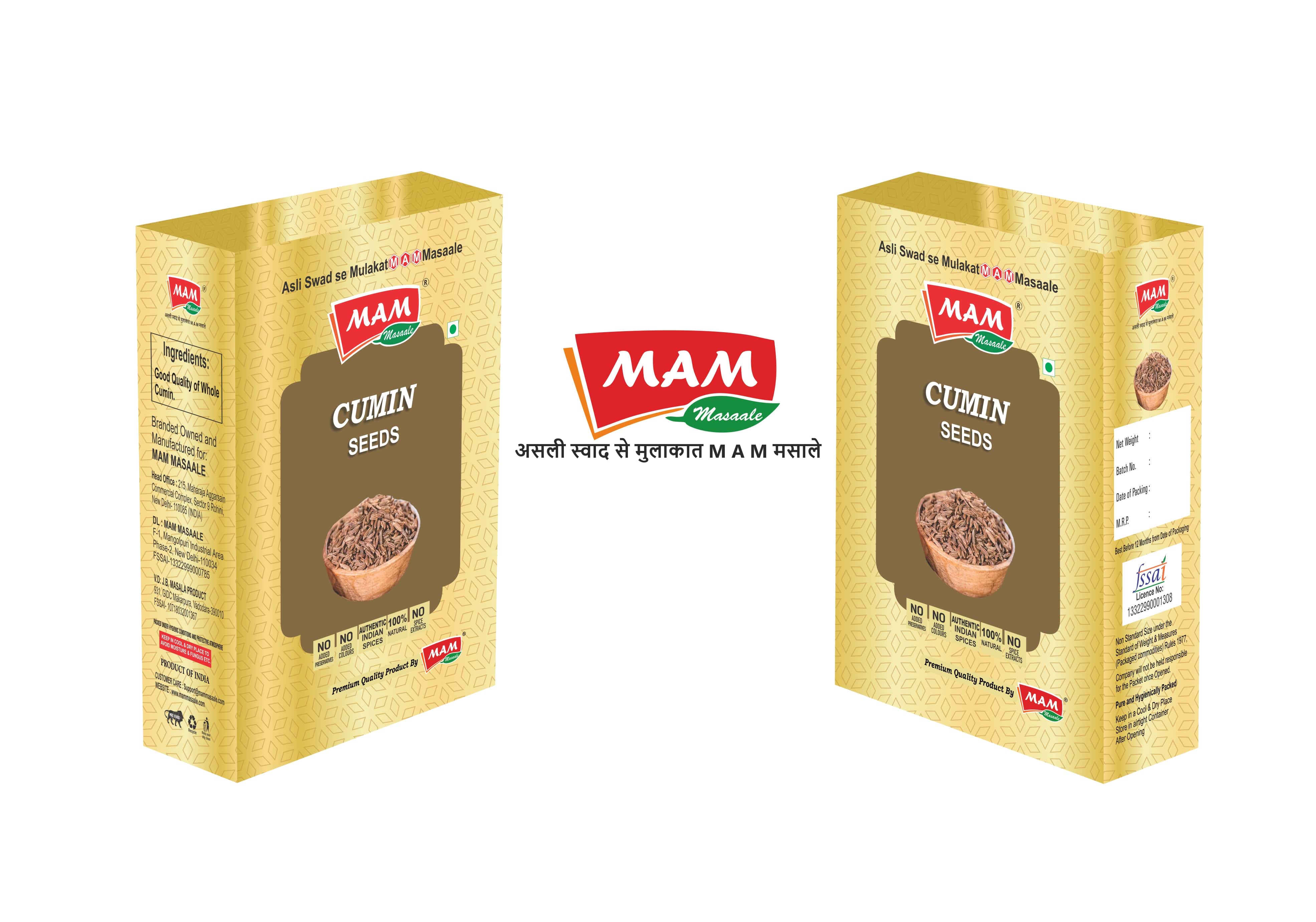With respect to geographical locations known for their good dietary instincts, the Mediterranean eating routine is the most popular, and the Nordic eating regimen is also worth noting. In any case, there is another region where traditional cooking has many medicinal benefits: India.
In India, the diet can change depending on the particular region from which it originates, yet as a general rule, it consists of plenty of plant-based proteins such as beans and mature food sources including lentils, whole grains, and yogurt. Uses up. According to a paper distributed by analysts at the Indian Institute of Technology in Jodhpur, many of the fixings common to Indian cooking, including bajra (a whole grain), lentils, relish and vegetables, are not prominent in various foods. It should come as no surprise that Indian food contains countless such ingredients, as Ayurveda, India's exemplary medical system, is founded in the possibility that food has as much nutritional value as is indicated by the paper.
Though Indian food is associated with its rich taste, it has much more to offer than singed samosas and rich sauces. The ingredients given below are the best in Indian cooking and can be used in different ways as well.
(1). Turmeric

Why it's healthy: This brilliant yellow color has been used in India for millennia, both in food and for its therapeutic benefits. Its active chemical compound, curcumin, has been demonstrated to have reducing and cancer-preventing agent properties and is rich in anti-inflammatory and anti-oxidant properties, as a review published in Advances in Experimental Medicine and Biology. indicated by. While curcumin has been extensively tested on organisms so far, a human preliminary of 60 members demonstrated that taking a curcumin supplement can be a safe and successful treatment for significant burdensome issues.
Most effective way for using it: Turmeric is mostly added to vegetables, lentils, beans and other Indian dishes. It can help to relate its use to different tastes, not just from a character standpoint: adding black pepper to any dish along with turmeric can increase curcumin retention by 2000%. You can take a spoon and mix a portion of this zest with warm milk to make a luxurious golden latte to cure health problems.
(2). Cinnamon
Why it's healthy: This spice is the ground bark of a specific tree, and its alluring warm sweet-smelling aroma accompanies lots of health benefits. Researches have shown that it has cell reinforcement, quenching properties against malignant growth properties in euphoria. Cinnamon has also been linked to improving blood sugar, which may help reduce insulin effectiveness and fasting blood sugar.
Most effective way to use it: Although cinnamon is regularly touted in the West as a baking zest, in India it is used in just as many exquisite dishes as sweet dishes. Whole sticks can be added to stewing sauces, and powdered cinnamon is an important fixing in the famous zest combination garam masala. Try adding cinnamon to your next perfect meal.
(3). Cumin
Why it's healthy: This adaptable zest has been used as a weight loss aid. In a review published in Complementary Therapies in Clinical Practice of 88 women who are overweight or underweight, significantly improving their diet with cumin resulted in a significant reduction in weight, BMI, and aided in fat loss. According to USDA information, 1 teaspoon of ground cumin can provide about 6% iron.
Most effective way to use it: Cumin is available in seed form or in powdered composition, and both are used in Indian cuisine. Use it in your flavor mix (garam masala) or add it to vegetables, beans or stews.


